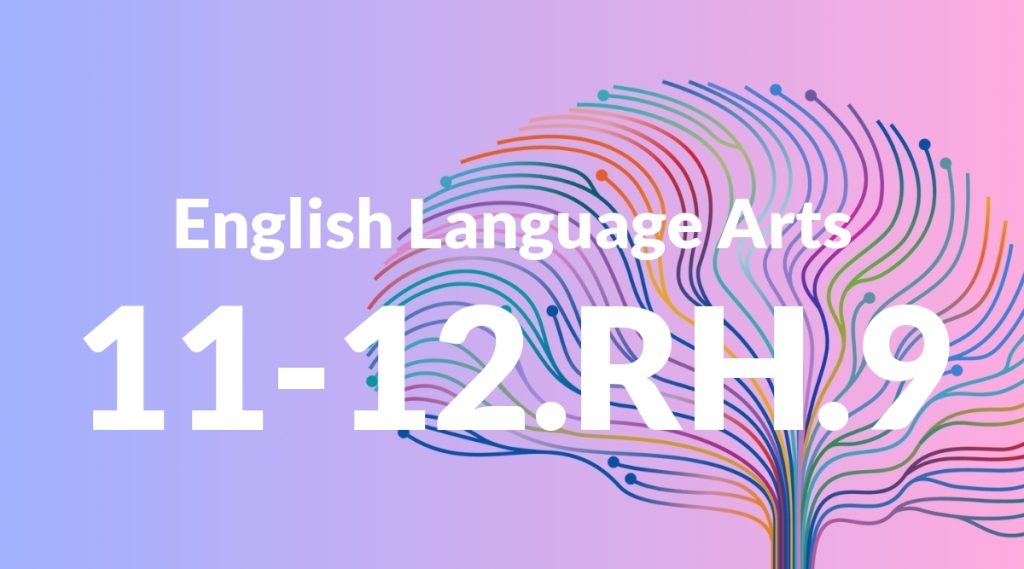Standard: 11-12.RH.9 – Integrate information from diverse sources, both primary and secondary, into a coherent understanding of an idea or event, noting discrepancies among sources.
Grade level: Grade 11-12
Subject: English Language Arts
Domain: History/Social Studies
Teacher Overview
This standard emphasizes the importance of integrating information from diverse sources to form a coherent understanding of historical events. It is crucial for developing critical thinking and analytical skills, which are essential for academic success in higher education and informed citizenship. Students should be familiar with identifying primary and secondary sources and have basic skills in critical reading and analysis.
Mastering this standard will enable students to critically evaluate sources, construct well-informed arguments, and engage in scholarly discussions with a nuanced understanding of historical events.
Common Misconception 1
A common misconception is that all sources are equally reliable. This is incorrect because sources vary in credibility based on factors such as author expertise, publication context, and potential biases.
Intervention 1
To address this misconception, instruct students on how to evaluate the credibility of sources by examining the author’s background, publication date, and any evident biases.
Common Misconception 2
Another misconception is that discrepancies among sources indicate that some sources are entirely incorrect. This is not necessarily true, as discrepancies can highlight different perspectives and contribute to a more comprehensive understanding of an event.
Intervention 2
To remediate this, encourage students to appreciate the value of different perspectives and understand that discrepancies can provide deeper insights into historical events.
Prerequisite Knowledge
Students should have a basic understanding of how to identify and differentiate between primary and secondary sources, as well as foundational skills in critical reading and analysis.
Subsequent Knowledge
After mastering this standard, students will be able to critically evaluate the credibility of sources, develop well-informed arguments, and contribute to scholarly discussions with a nuanced understanding of historical events.
Instructional Activities
- Group discussions comparing different historical accounts of the same event
- Research projects that require evaluating and synthesizing multiple sources
- Debates on historical interpretations based on diverse sources
- Writing assignments that integrate information from primary and secondary sources




